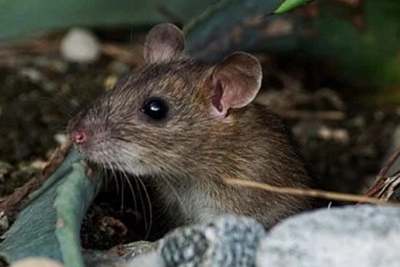Beijing, March 16 : A mouse-like rodent in the steppe grassland is found to be capable of engineering its habitat to reduce the risk of being predated, a Chinese study shows.
Changes in habitat structure can alter the efficacy of predatory and anti-predatory behaviours, but little is known about the engineering activity by prey species who modify the external environment to decrease their own predation risk, Xinhua news agency reported.
Scientists from the Institute of Zoology under the Chinese Academy of Sciences noticed that Brandt’s voles, living in north China’s Inner Mongolia Autonomous Region, cut down a large unpalatable bunchgrass species.
They found that voles actively modify habitat structure by cutting down a large, unpalatable, dominant bunchgrass species, a behaviour that would be enhanced in the presence of shrikes, their principal avian predator.
Those voles do not consume the grass but simply cut the basal parts of the stems and leaves, leave them on the ground, and dug burrows, according to a study published in Current Biology recently.
The shrikes tend to use bunchgrasses as perches when seeking vole prey and as places to hoard their captures.
The damage activity made the places those voles live less suitable as perches and larders for the predatory bird but more suitable for them to detect the avian predators thanks to the improved vision, according to the study.
Then, the researchers managed to exclude those avian predators experimentally and the damage behaviour later disappeared.
The findings revealed that herbivorous prey can act as adaptive ecosystem engineers to directly reduce their own predation risk by modifying habitat structure.
/bg
#Voles #modify #habitat #structure #evade #avian #Beijing
.







